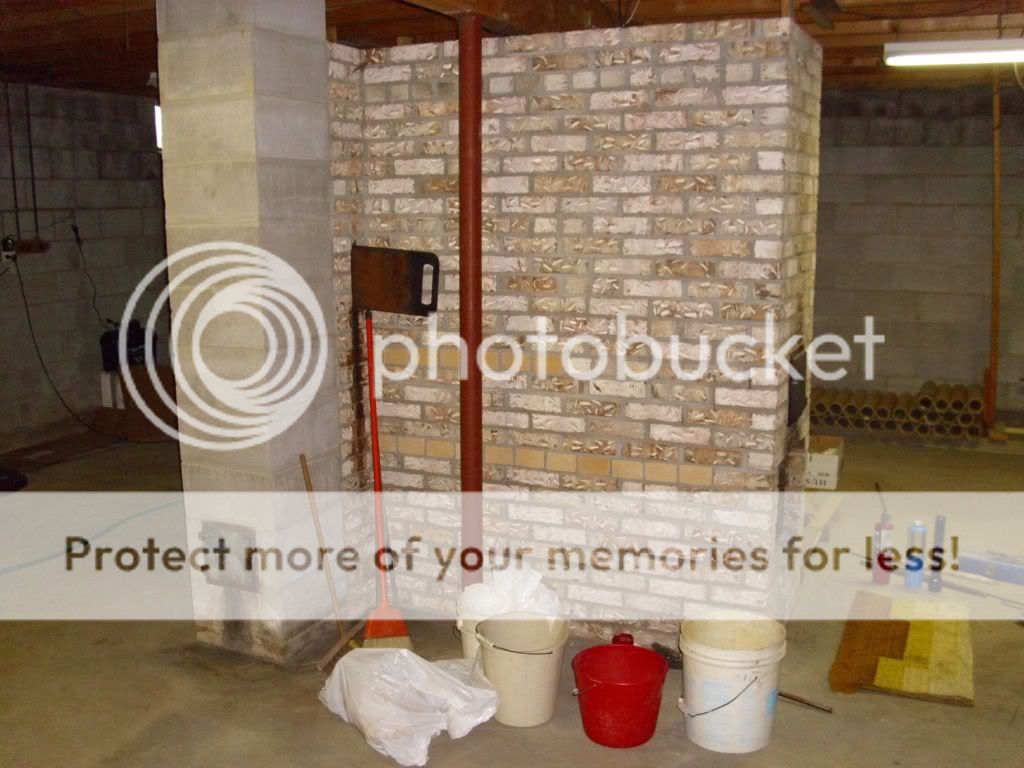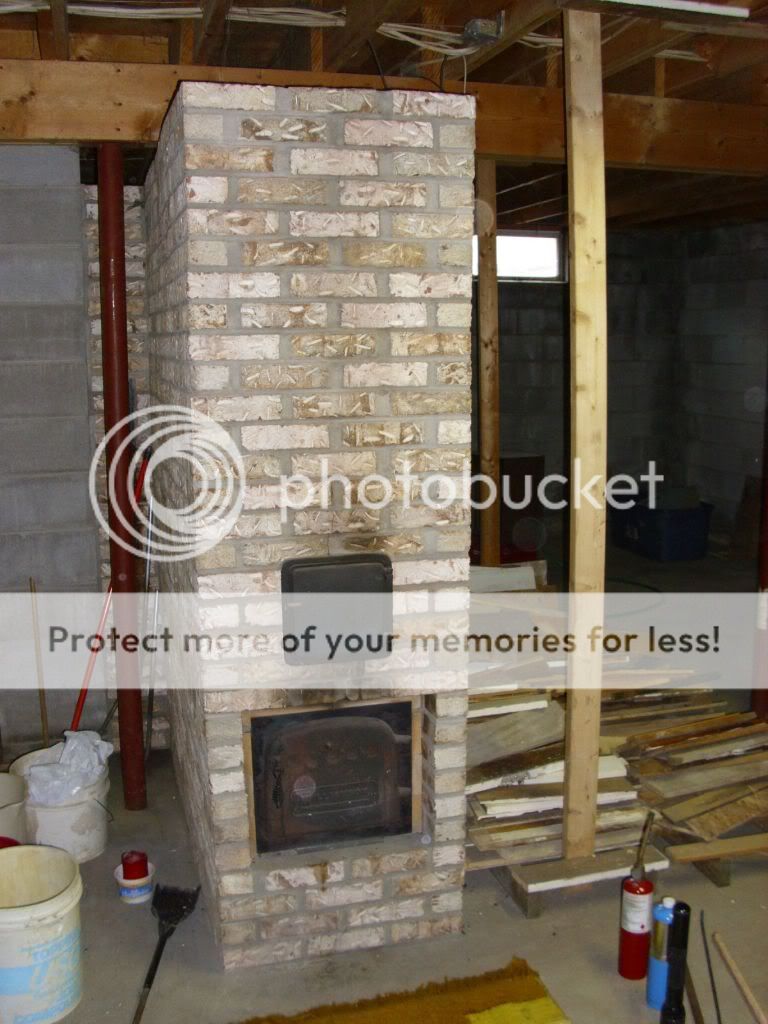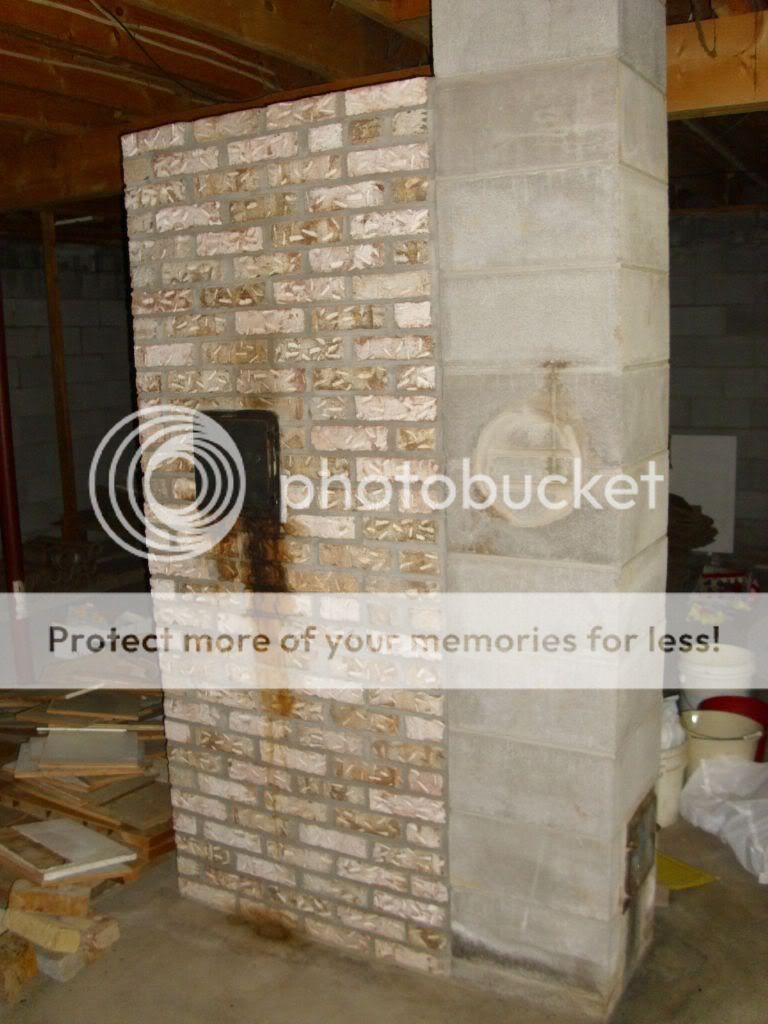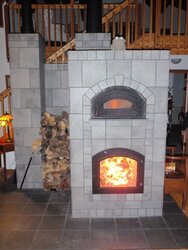I bought a house in PA 6 months ago that has a russian furnace. I've spent the last couple months, on and off, teaching myself how to use it without filling the house full of smoke. I measures approx. 2 ft wide, 6 ft. deep and 7 ft tall and is in the basement. Even though it has been a very mild winter here, even if I burn a fire twice a day, I never get enough heat to even feel it on the ground floor. The basement doesn't even feel warmer, even though the furnace gets quite warm in some spots on its surface. Three feet from the furnace, you don't feel a thing. Previous owner is deseased, so I can't ask him.
Any ideas why this thing doesn't heat any better than it does or can you point me in a direction to someone that can help someone new to owner a masonry heater?
Any ideas why this thing doesn't heat any better than it does or can you point me in a direction to someone that can help someone new to owner a masonry heater?






